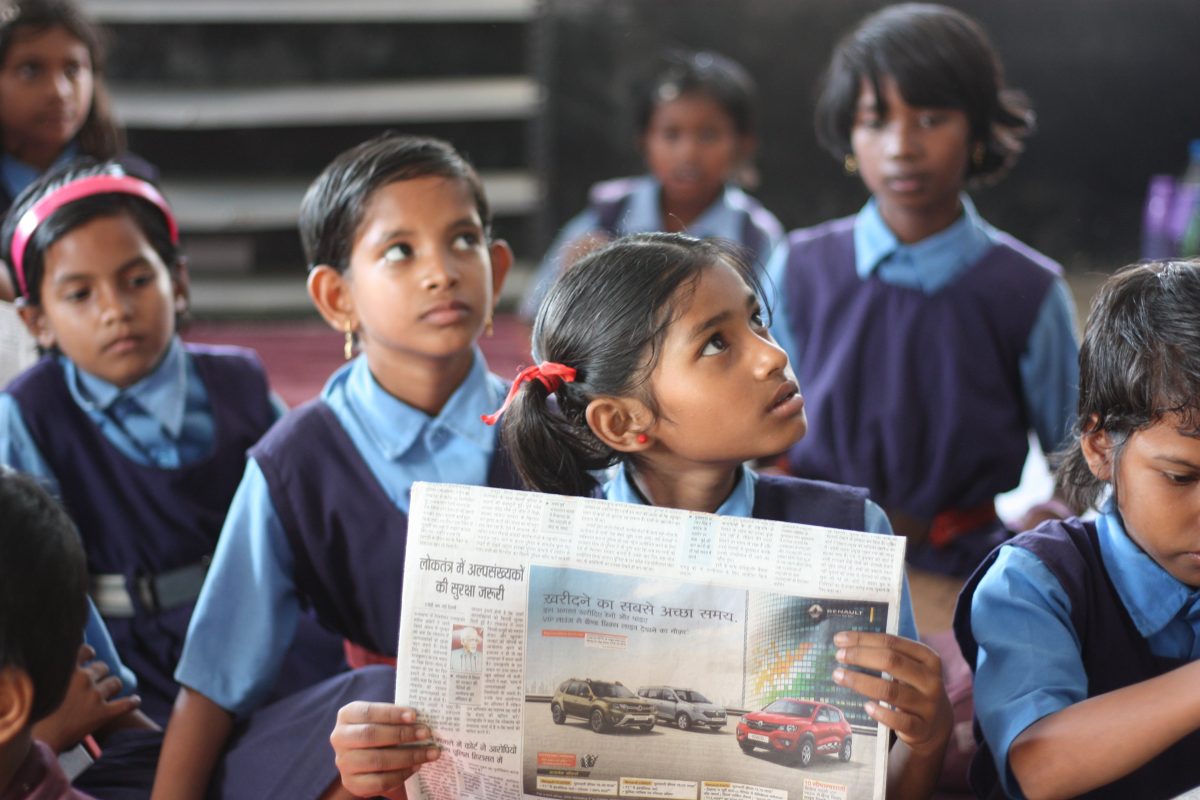

This year National Mole Day will be observed on October 23 from 6.02 am to 6.02 pm to commemorate Avogadro’s Number (6.023 × 1023).
The entire week is celebrated as National Chemistry Week to honor the people related to Chemistry. Why celebrate only for a day, right?
The idea originated in the 1980s and gained popularity in May 1991 when a non-profit organization National Mole Day Foundation was set up by an American High school teacher, Maurice Oehler.
Hmm… I am not the Mole you are looking for today but I am all ears for this one!


In simple terms, a mole is a measuring unit in chemistry. One mole of any substance is 1 × ( 6.023 × 1023 ) particles of that substance.
For example, 1 mole of Oxygen gas molecule contains 6.023 × 1023 molecules of Oxygen.
Mole is used in measuring quantity even though other units like kilograms, grams, etc are present. This is due to the inconvenience posed by those other larger units. It would be like measuring a gram of sugar in kilos, which, as you must have understood, seems confounding and impractical.


Mole concept is significant in stoichiometry, a branch of chemistry that gathers accurate quantitative data to carry out chemical reactions in the desired manner. For almost all the lifestyle products we use- from fancy, fragrant soaps to our basic dantmanjan, stoichiometry comes into play, and with it arrives the Mole Concept.
However, the value of the mole is too large to be used in daily life. Considering the definition of a mole, we can calculate that if a sphere of radius 1 meter has to cover the entire volume of the Earth, then only 0.00042 moles of spheres of radius 1 meter will be required. On the other hand, moles of atoms can be packed in a chemistry lab.


In chemistry, it helps us understand the properties of gases, to differentiate between elements and compounds.
Chemistry is a science that is inseparable from our lives. Our entire body has its own set of chemistry. Although the mole concept cannot provide its direct link in our daily life, it is significant in measuring atomic particles.
Mole Concept is just a small part of chemistry and represents a small contribution of chemists in our life. National Chemistry Week is a community-based program of the American Chemical Society (ACS). The celebration is widespread with different themes for thirty days, beginning from the mid of October (October 17 to October 23) till November (till November 8).


This year, in 2020, the themes included various topics from the subject like- reaction rates, glues, and adhesives, metal, chemistry and health, polymer chemistry, soaps and detergents, chemistry is everywhere, etc.
Today, chemists can maneuver atoms one by one with a scanning tunneling microscope, and other techniques of what has become known as nanotechnology are in rapid development. The history of chemistry is an extraordinary story and Mole Concept is a miniature part of it.
The legend of Lord Rama’s victory over Ravana is well known. It is the metaphorical victory of Good over Evil, Positivity over Negativity. On the occasion of Dussehra, let us introspect on the “evils” that are hindering our growth.
This is an era of information and technology. A drawback of this is the confusion we are faced with when we want to choose our career path. There are so many options in the wake of which, we tend to forget what our interests are or what truly inspires us.
#1 Prioritizing grades over Understanding Concepts


Here is a scenario, you have opted for science subjects after 8th standard out of personal interest although, you are an average student when it comes to grades. Your friend, however, doesn’t have his/her basic concepts clear as much as you, yet, somehow ends up scoring more than you! You are stuck in a mental dilemma because who doesn’t want good grades, right?
You get disheartened at continuous average grades and decide to not opt for science-based careers in the future out of fear of scoring low (even failing). Students in higher classes may relate to this scenario.
The solution to this problem is educating yourself on the criteria of admission into institutes and subjects of your choice. Did you know 60% which is a below-average grade in Science is in fact, a top-notch performance in Art?
Grades are to be chased up to a certain extent as they determine your qualification in entrance exams, semester exams, etc. After you have qualified the minimum grade bar, grades mostly, become a matter of perspective and choice. So put an end to any grade related fear and prioritize enjoying your subjects.
#2 Opting a career path because it leads to early vocational life.


Most of the students do not know the “WHY” while choosing their career path. They are inspired by:
How quickly they will be able to acquire a job?
How much will the starting salary be, if and when, they get a job?
Such courses may seem lucrative when in school but later you will realize the gargantuan monotony of the daily job gaping at you. Remember the job is not boring, it is you who is bored with it! Therefore, explore your interests, strengths and weaknesses, then decide which career you want.
# 3 Unawareness


This is something which depends from one student to another. Sometimes, the student knows which subjects he/she likes but doesn’t know all the options available to him/her in the future.
It can come through internet surfing, attending career counseling sessions, attending webinars on careers even unrelated to your subjects so that you have a better insight into what is trending and how you can be a part of it.
# 4 Setting unrealistic goals and being impatient.


A budding problem now a days is impatience among teenagers and young adults. We fail to confront our weaknesses and work on them but we want quick success.
One thing that needs to be understood is that we all are like seeds sown in the ground but we do not sprout as the same plant. Some of us take our own time in developing a strong root system whereas some can become as tall as a shrub, pause, expand ourselves and continue growing again.
The point is, do not ponder unnecessarily over your failures. Ponder over why you failed instead. Develop insight and a vision of who you want to be and try not to rush. If you succeed early in life, retrospect into making yourself a better version of yourself. Keeping your mistakes in check makes you humble.
# 5 Peer pressure and disillusionment.


Being pressurized or feeling the need to be at par with your social group at the expense of your mental peace is peer pressure.
It is common among teenagers as they are still building their personality. However, if all you can think of is the new smartphone your friend has then it has reached an unacceptable level. This is when you stop yourself and check if you are completely focused on your studies.
A gadget, a new wardrobe, a new vehicle, etc will seem to be of no use if you spoil your education. There is a reason that elders refer to our school or college time as golden years in our life.
During this time, especially when one is in school, we are full of energy. Our retention power and the ability to learn new things is at its peak. It is analogous to a gadget with the latest software.
With time the gadget continues to the job but the efficiency decrease. It’s better to not give in to peer pressure and compare yourself to meaningless stuff.
This Vijayadashmi, promise yourself to win over these major Ravanas in your life. It will be tough to not give in to your fears but acknowledging them is the first stepping stone to resolving them.
Stay focused and continue learning!


With new software updates every other day and the zeal to keep up with the fast-paced life, we have begun to seek shortcuts in our basic lifestyle also.
A new trend, therefore, has mushroomed called- Fad Dieting. We are fully aware of the importance of daily exercising but we are neither determined enough to spare 15 minutes for our health nor we are patient to wait and lose the extra fat through longer-lasting methods.
This blind race to look healthy but not actually invest in it for long has encouraged the concept of Fad Dieting. What it actually involves is increasing the intake of certain nutrients and completely decreasing or dialing down the consumption of the other one.
As kids, we all thought that healthy eating involves a balanced diet but certain misconceptions and the skillful marketing of bartering our insecurities for monetary profits have made people deny the fact that this may be harmful to our overall development.
The guarantee that all fad diets promise are:


Instant fat loss in a short span of time!


Feeling healthy and more energetic!
Let us see why these guarantees are not completely true.


#1 There is no shortcut to success (or a healthy lifestyle).
If we believe we can instantly lose weight within a month- we are probably correct! Now, the question arises, do we need to lose WEIGHT or the UNHEALTHY FAT? Sounds a bit confusing, right?
The weight loss may occur due to loss of muscle, water or fat. It is the fat loss we should strive for not the former two.
Interestingly, on a weighing scale, a pound of muscle and a pound of fat weigh the same but they look entirely different on one’s body. Ever wondered why sports persons look fit yet weigh more than they actually seem? This is because they have a nutritious diet comprising almost all kinds of nutrients (even the ones containing fat) but it is optimized to build muscle and avoid fat storage.
Cutting down on carbohydrates reduces water stored in our body which reduces our overall weight, hence the disillusion of “losing weight”.
#2 A healthy mind resides in a healthy body (not a starved one)!
We are promised a better focus in life with a firm and almost unrealistic determination to control our urge to have that plate of chhole-bhatoore or our favorite dessert.


Although, not all diets are so extreme in nature, yet, generally we end up regretting the “unhealthy sugar or oil” we ate. Ironically, we tend to binge-eat!
All doctors ask us to avoid eating from outside or junk food. They do not, however, ask us to completely shun the unholy street food. It is because once in a while eating outside satisfies our senses and we even have a good time hanging out, socializing.
Unless we are aware of our boundaries we can enjoy a balanced diet with a side dish of fast food.
#3 Carbohydrates, proteins are a good source of energy.


Our body is a complex system. Some nutrients it assimilates from our daily diet while some need to be taken from other sources.
For example, vegans have to opt for Vitamin B12 tablets as this is found in dairy products or other animal food sources only which are not incorporated in a Vegan lifestyle.
Similarly, if we decide to completely ignore one or more nutrient intake while encouraging the other, in the long run, it is not a feasible method of losing weight and may cause a deficiency in our body.
The best way out is to study the type of body structure we have, where does our body tend to store fat, how to build muscle and opt for a change in lifestyle instead of chasing a diet.
The best way is to consult a nutritionist or a doctor who will give you the true and correct advice.
Love yourself as you are and strive for a healthy body by adopting healthier ways!
“There’s no limit to the universe and human stupidity. I am unsure about the first one.” – Albert Einstein
With the advent of digital communication, people have become more aware of their surroundings. Every day there is an influx of information and somewhere the lines between fact and fiction get blurry. Let us look at 5 such examples that define how misinformation can lead to popular myths.
#1 Large Hadron Collider will destroy the world!


As we all know, LHC is a particle collider working at high energy levels. In theory, these working conditions produce microscopic Black Holes. The myth says these black holes will “consume” the earth. It is incorrect because apart from “consuming stuff” black holes also release energy radiations and evaporate. Therefore, it is a myth that LHC will destroy the world, a meteor collision would probably do that faster!
# 2 Sound travels in space.


Although in the 21st century this myth may sound obsolete, there are still who believe that one can hear in space. We know that sound travels in a medium (in presence of particles) and in a vacuum, such as space, there are no particles so no sound can travel, hence, you cannot hear anyone in space. This misconception may be one in a millionth part true. Why? In space, the interstellar dust particles, residue from collisions, etc is present. They are in an infinitesimally small concentration as compared to the vastness of space. In theory, however, it is possible that sound in an insignificantly low frequency is present. Nobody has been able to confirm it yet and sound travel in space remains a myth.


# 3 The Sun is a big ball of fire.


We are reminded of our junior standard in school when we were first told that “The Sun is actually a star and a giant ball of fire.” It is not completely correct. The sun is made up of plasma which is, in simpler terms, a hot gaseous state of matter. The sun is white-ish. It looks yellow or orange because these colors have a longer wavelength while the other colors- violet, blue, etc have shorter wavelengths that scatter while traveling the long distance from the sun to the earth.
# 4 Quantum physics has no practical use…think again?


When we think of Quantum physics we picturise a very complicated realm of the universe beyond tangibility or human intervention. Sci-fi movies have promoted this ethereal nature by talking in terminology completely alien to the audience.
Quantum physics may be one of the most useful branches of modern physics. It has applications in computers, hard drives, LED lights, fluorescent lights, transistors and most modern electronic equipment.
We have covered the most popular myths related to physics. Comment below and let us know if you know more interesting myths circulating as truth!
“Education is the most powerful weapon which you can use to change the world.” – Nelson Mandela
Indian Education System is the third-largest Education System in the world, which comprises more than 800 universities, 39,000 colleges, and a capacity of enrolling more than 20 million students. It can create a foundation for a world-class education. India has made progress in increasing the attainment rate of primary education. In 2011, approximately 75% of the population, aged between 7 and 10 years, were literate.


Even with all the growth and implementation of new policies in this sector, we often forget how the curriculum still stays outdated. Students learn the same discoveries which originated in the 17th, 18th, 19th century while being unaware of the recent technological advancement in the field of Science.
Our history books still teach us the World Wars, the French Revolution, and end with the Framing of the Constitution.
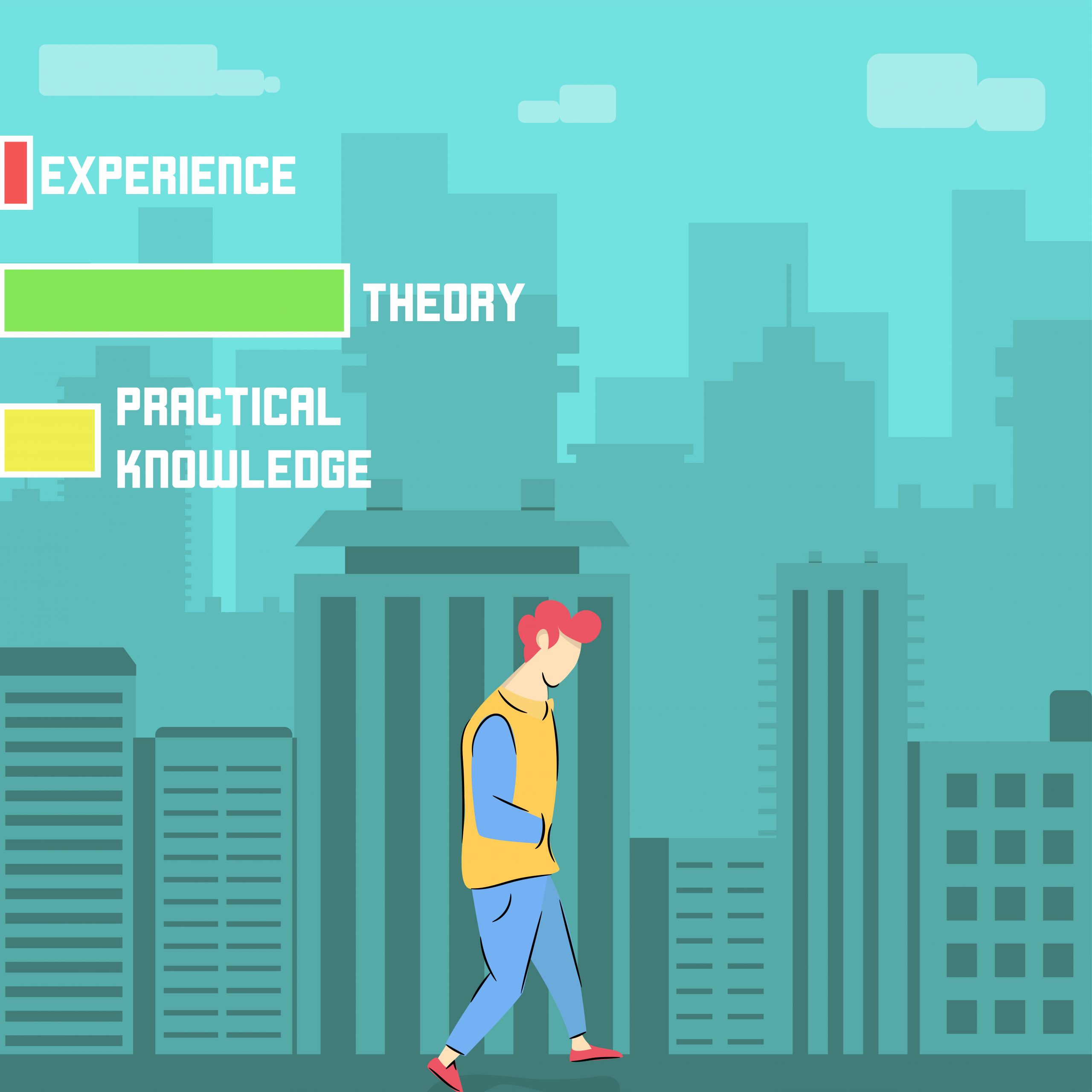

A student doesn’t even realize that he has been studying history for 20 years until he steps into the real world. With zero experience and no practical knowledge, it dawns upon the student that matching with the industry standards would be a hard nut to crack. As the world progresses, we keep discovering new technologies and inventions every day. Machine Learning and Artificial Intelligence are some of the examples of what the future holds.
“A world where Artificial Intelligence [AI] is going to change the world more than anything in world history. More than electricity”
— AI ORACLE and Venture capitalist Dr. Kai-Fu Lee, 2018.
There is a 20-year gap in the learning process of a modern world student. Education provided in schools and colleges these days do not cover the industrial aspect of the world. On the other hand, industries keep on expanding with better and new resources. The situation worsens as the students live in their bubble of reality, which shatters the moment they step into the industry after graduation.
The situation worsens as the students live in their bubble of reality, which shatters the moment they step into the industry after graduation.
There is a strong need for curriculum implementation, which is in line with industry standards. Why is there a convention of studying for 20 years and then entering into the industry?
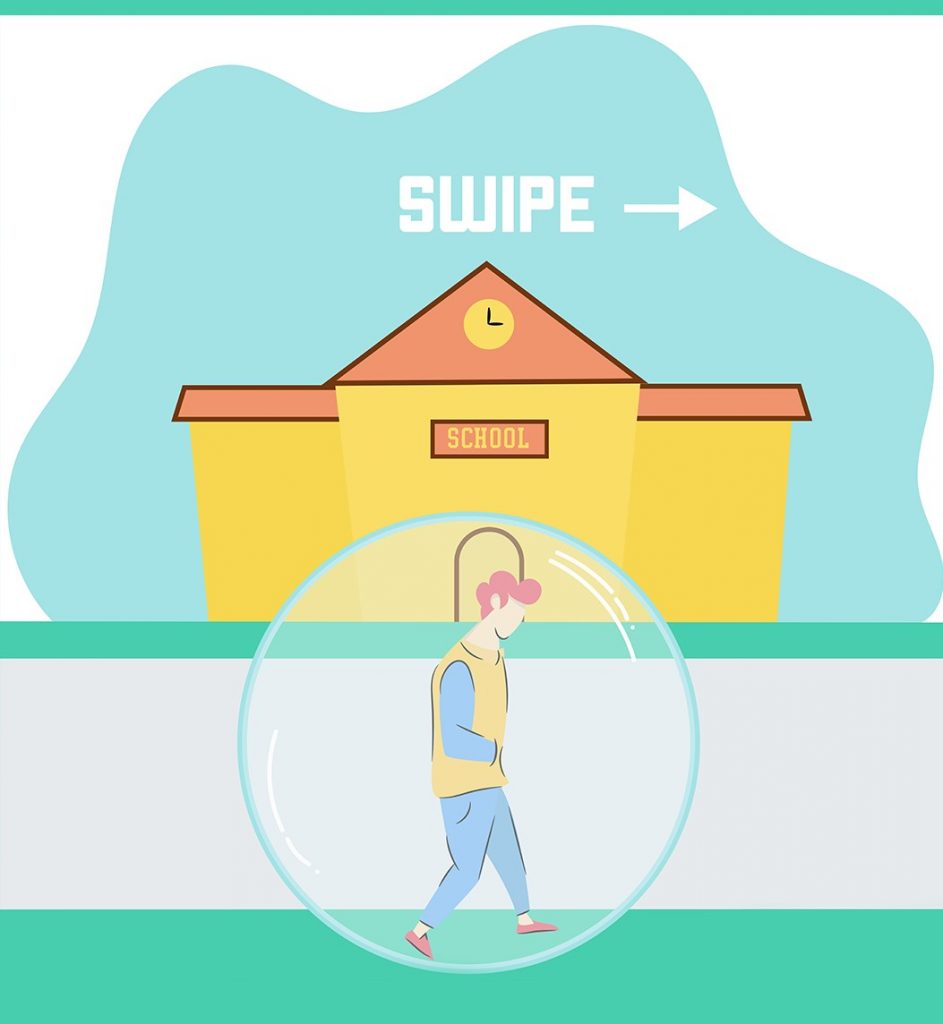

There is a strong need for curriculum implementation, which is in line with industry standards. Why is there a convention of studying for 20 years and then entering into the industry?


Why do we need to mug up everything and shun the curiosity of a blooming mind when we should experiment and explore to get practical knowledge?
Imagine! If 20 million students enter into research and development, then nothing can stop India from becoming the next world power.
Students must be taught about technology right from the early years of their education so that it does not come like an alien thing in their later times.
High time we ponder over these thoughts and questions!
Introduction


The Indian Education System that exists today in India is influenced mainly by the British System of Education. The history of Indian education has been very rich with world-class universities like Nalanda, Takshila and Vikramshila where the likes of Aryabhatta, Kabir Das have studied. These universities were way ahead of the time with modern facilities.
Graduation:


3 years v/s 4 years graduation − The system that is followed in India is [10+2+3] years for streams like commerce, science, social sciences, humanities, management, and media (Engineering degree is an exception which is a 4-year long course). However, in the US, the system followed is [10+2+4] years.


Entrance exams for graduation − The students in the US appear for SAT and ACT to get admissions into the Universities and Colleges after their High School. In India, there are national-level examinations for Medical and Engineering courses and the criteria for other streams is mostly based on the percentage that the student obtains in the Higher Secondary Certificate Examination.
The teacher-student ratio − In the US the teacher-student ratio does not exceed 1:30 in a majority of the classes. However, in India even with the provisions highlighted in the RTE Act, the teacher-student ratio goes as high as 1:80 and sometimes even 1:100.
Rigid v/s Flexible − In India, there is rigidity where the student has to study all the subjects in the schooling period. There is no chance to skip these subjects. The extracurricular activities and Physical Education is not given much priority in India. Whereas, the system in the US is more flexible where the students get more subjects to explore with each subject given equal importance. The system in India also tends to be science-students centric which is not the case in the US.


The position of the teacher − The position of the teacher in terms of social status differs massively in both countries. The teacher is given a lot of respect for the profession by the people in India. This is mainly due to the rich cultural heritage that has revered the teacher as ‘Guru’. It is not similar in terms of US society.
American pedagogy allows students to become aware of the different forms of managerial leadership that exist within organizations.
In American students are positioned as the main actors of their learning. The teacher-student relationship is almost friendly. The teacher makes himself very accessible for his students and is identified as a source of advice and support. Students feel confident, gain motivation and give their best. The impact on the results is considerable!
American schools do not use the personal work requested by teachers to validate student learning, but to develop their research and analytical skills. Particular emphasis is placed on practice and personal development. The students’ work is mainly carried out outside the school, encouraging them to develop their independence, curiosity and love of discovery.


They believe that each student has a say and that he or she should be allowed to express himself or herself and bring his or her point of view to a classroom discussion, even when this opinion is contrary to that of the teacher. It is therefore not uncommon to attend in-depth debates during the sessions, as the objective is to encourage students to reflect and express their ideas freely.
“To generalize is to be an idiot.” – William Blake
A new strategy for education policy has long been awaited. The New Education Policy is an active step towards the future of education. It has been tailored to fit the individual perspective rather than weigh all the students using the same scale. It enables the student to be self-reliant- academically, vocationally & even mentally.
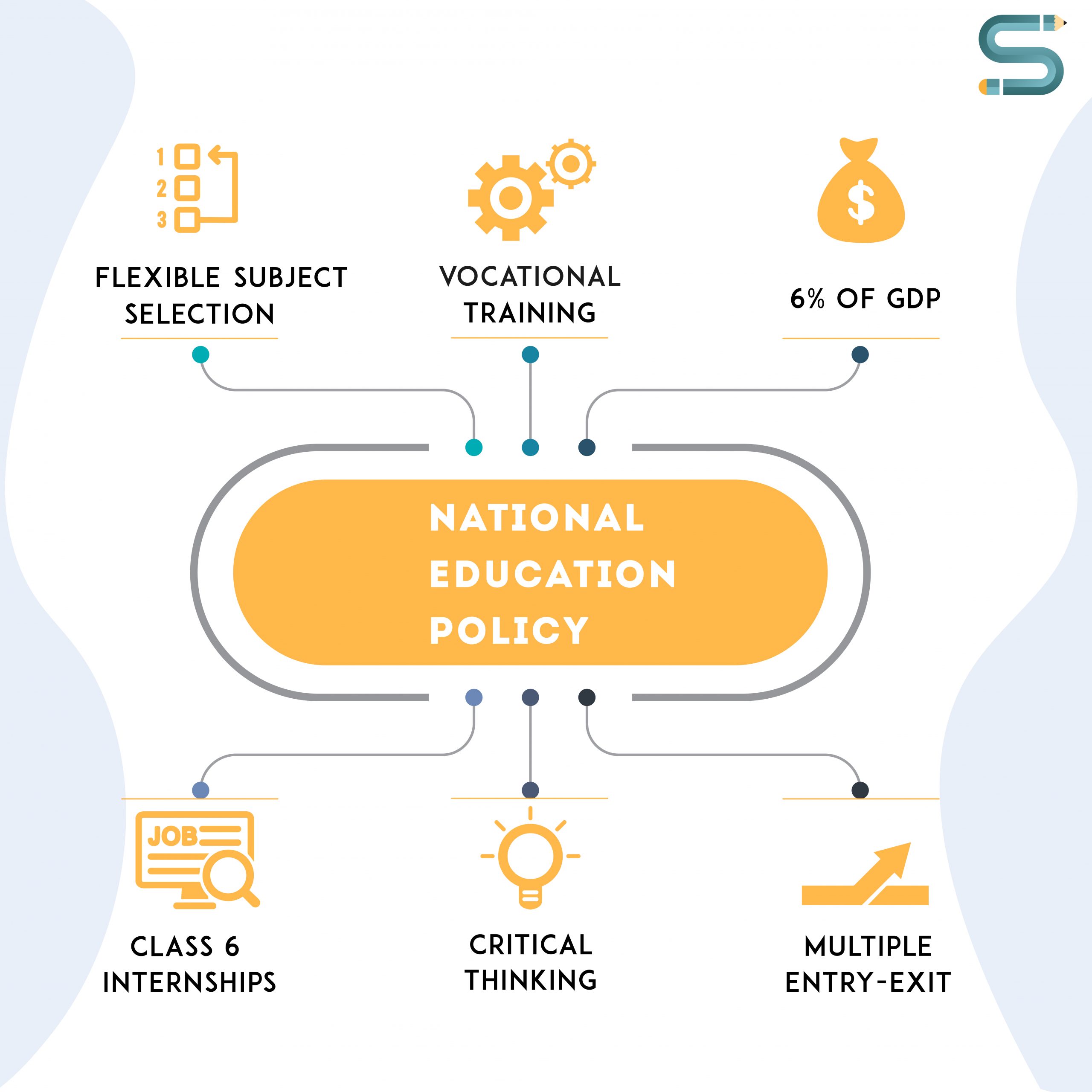

To cope up with this educational crisis, a National Mission on Foundational Literacy and Numeracy will be set up by the MHRD on priority along with study material provided on Digital Infrastructure for Knowledge Sharing [DIKSHA].
The third and the most momentous highlight of the policy is the restructuring of the 10+2 school system to 5+3+3+4. Therefore, the structure will be:
3 years in Aaganwadi + 2 years in Preschool = 5 years+ Preparatory Stage (Grades 3 to 5)(3 years)+ Middle Stage (Grades 6 to 8)(3 years)+ Secondary Stage (Grades 9 to 12)(4 years)[5+3+3+4]
This directs the focus towards multidisciplinary learning over rote learning, hence, there will be no distinction based on the subject. The three-language formula will make learning in one’s mother tongue easier (and compulsory till standard V). Children and teachers will be introduced to technology and its integration in education.
The policy reflects concern towards the student dropout rates in higher education. This happens due to over-burdening by the obsolete syllabus and its lack of use in developing daily life skills. The curriculum will, therefore, be reduced and focus on pragmatic learning. There will be a focus on “job readiness” and inculcating an attitude for core research instead of accumulating degrees and diplomas.
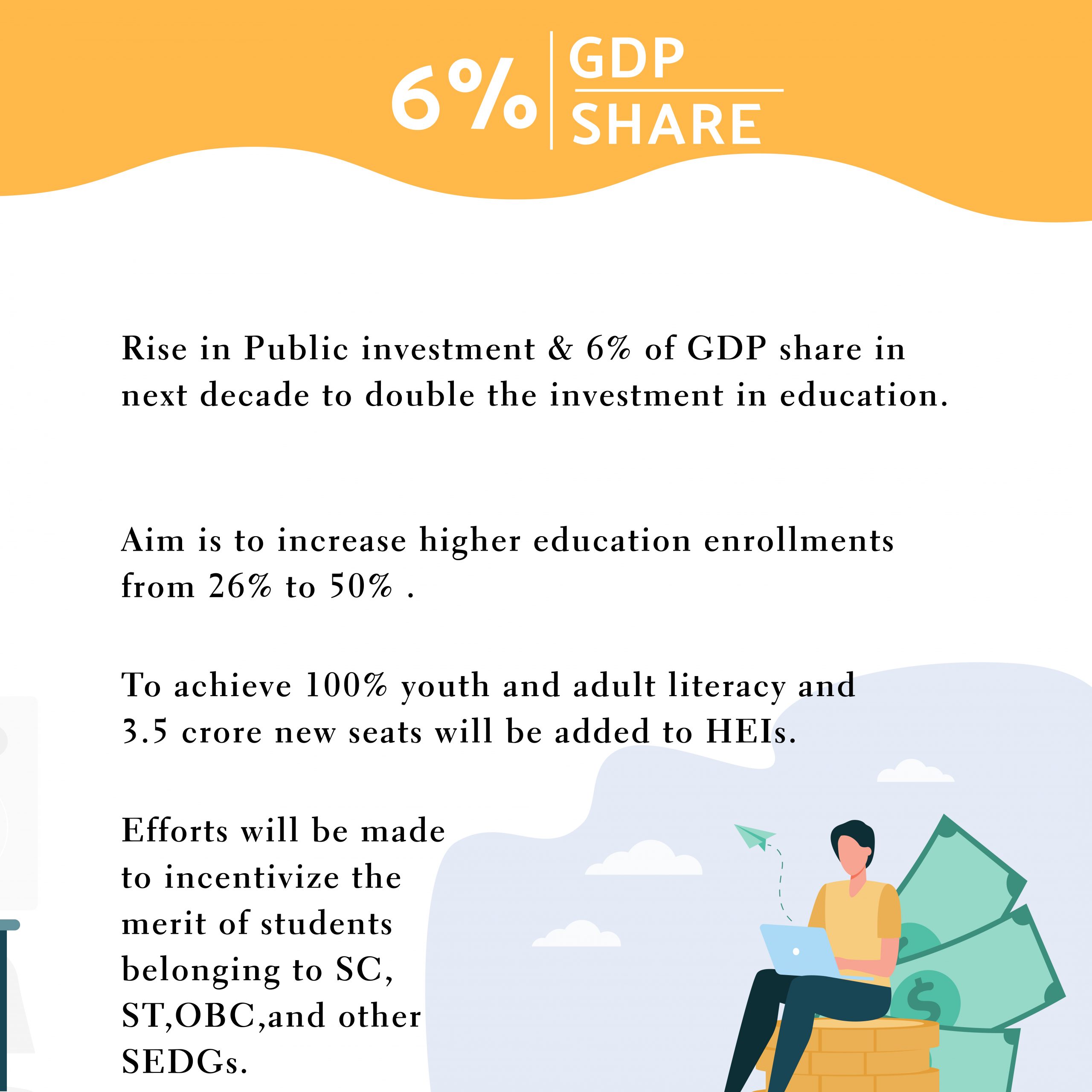

The multiple exit-entry options promote stress-free learning which means that the student will be granted a certificate/ diploma or a degree based on the years completed in a degree course. SWAYAM, Shodhgandha, DIKSHA, and many more online platforms are encouraged by this policy to make the dream of 100% literacy come true.
The key highlights of the policy are:


Erasing subject distinction and promoting learning based on the personal interest of the student. (A student learning commerce can also learn music).


Making higher education pocket-friendly through various scholarships, funds, free online resources available to all who are eager to learn.
Ensuring fluency in foundational learning (reading, writing, basic arithmetic) and in incorporating technology as a helpful tool in learning as well as exploring new fields of interest. Promoting a creative pragmatic curriculum.


Encouraging higher educational institutes in incorporating humanities, sciences, technology, language under one roof to be more aware of the rich culture and heritage of the country and the world.
In a nutshell, the implementation time of 10 years seems promising for the posterity of an educational future which caters to their interests and discards rote learning methods.
